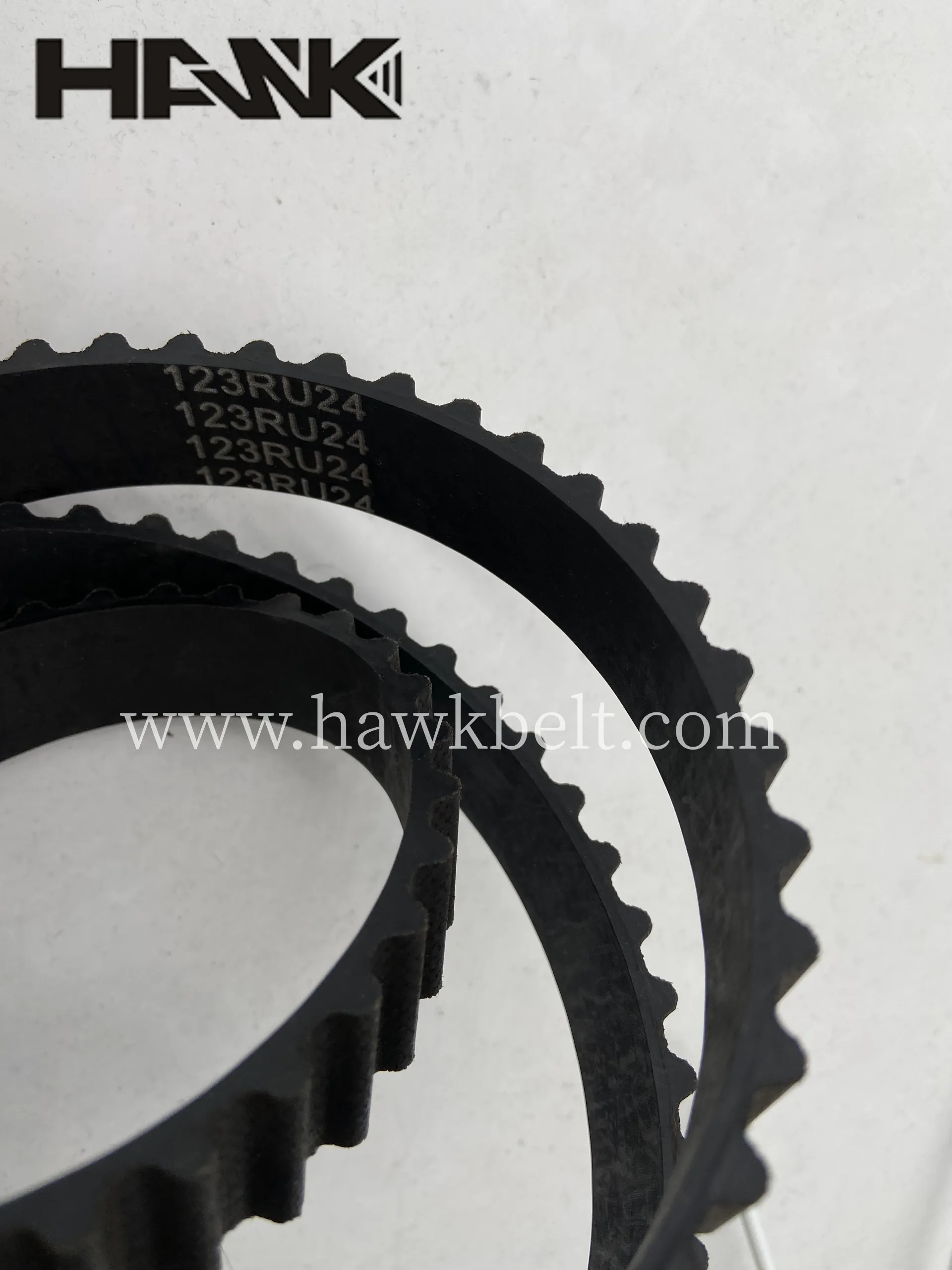- Arabic
- French
- Russian
- Spanish
- Portuguese
- Turkish
- Armenian
- English
- Albanian
- Amharic
- Azerbaijani
- Basque
- Belarusian
- Bengali
- Bosnian
- Bulgarian
- Catalan
- Cebuano
- Corsican
- Croatian
- Czech
- Danish
- Dutch
- Afrikaans
- Esperanto
- Estonian
- Finnish
- Frisian
- Galician
- Georgian
- German
- Greek
- Gujarati
- Haitian Creole
- hausa
- hawaiian
- Hebrew
- Hindi
- Miao
- Hungarian
- Icelandic
- igbo
- Indonesian
- irish
- Italian
- Japanese
- Javanese
- Kannada
- kazakh
- Khmer
- Rwandese
- Korean
- Kurdish
- Kyrgyz
- Lao
- Latin
- Latvian
- Lithuanian
- Luxembourgish
- Macedonian
- Malgashi
- Malay
- Malayalam
- Maltese
- Maori
- Marathi
- Mongolian
- Myanmar
- Nepali
- Norwegian
- Norwegian
- Occitan
- Pashto
- Persian
- Polish
- Punjabi
- Romanian
- Samoan
- Scottish Gaelic
- Serbian
- Sesotho
- Shona
- Sindhi
- Sinhala
- Slovak
- Slovenian
- Somali
- Sundanese
- Swahili
- Swedish
- Tagalog
- Tajik
- Tamil
- Tatar
- Telugu
- Thai
- Turkmen
- Ukrainian
- Urdu
- Uighur
- Uzbek
- Vietnamese
- Welsh
- Bantu
- Yiddish
- Yoruba
- Zulu
Jul . 27, 2024 00:07 Back to list
Exploring the Benefits and Features of Adjustable Drive Belts for Enhanced Performance and Flexibility
Understanding the Adjustable Drive Belt A Comprehensive Overview
The adjustable drive belt is a critical component in various mechanical systems, facilitating the transfer of power between moving parts. As technology evolves, the need for adaptable and efficient drive systems becomes increasingly significant, and the adjustable drive belt stands at the forefront of this innovation. This article delves into the mechanisms, applications, and advantages of adjustable drive belts.
What is an Adjustable Drive Belt?
An adjustable drive belt refers to a flexible loop made from materials such as rubber, polyurethane, or other composite materials. Unlike traditional drive belts, which typically have a fixed length, adjustable drive belts can be modified to accommodate a range of dimensions, providing versatility in installation and operation. This adjustability allows them to fit various sizes of pulleys and gears, making them ideal for applications requiring precise tension and alignment.
Mechanism of Operation
The adjustable drive belt operates on a simple principle it connects two or more rotating shafts, allowing for the efficient transmission of power. The belt runs over pulleys, which can be tensioned to maintain the optimal grip and minimize slippage. The adjustable feature can be achieved through several methods, including belt length adjustment mechanisms, the use of multiple belt sizes, or employing a ratchet system that enables users to easily modify the belt's length.
Applications of Adjustable Drive Belts
adjustable drive belt

Adjustable drive belts find applications across various industries, including automotive, manufacturing, and home appliances. In the automotive sector, they are commonly used in engine systems where varying power requirements demand flexible solutions. For instance, adjustable drive belts are integral in systems like the serpentine belt drive, where they adjust to accommodate different engine configurations.
In manufacturing, adjustable drive belts are implemented in conveyor systems, demonstrating their capability to adapt to different load requirements and product sizes. Home appliances, such as washing machines and vacuum cleaners, also utilize these belts to improve efficiency and reduce wear.
Advantages of Adjustable Drive Belts
One of the primary advantages of adjustable drive belts is their versatility. Their ability to adapt to different sizes and configurations reduces the need for multiple belt types in inventory, lowering costs and simplifying maintenance. Additionally, the precise adjustment capability ensures optimal performance, reducing power loss and wear on machinery.
Moreover, adjustable drive belts can improve the longevity of equipment. By allowing for proper tensioning, they help in minimizing vibrations and reducing the risk of component failure. This adaptability also means that repairs and adjustments can be made more easily, promoting a smoother operational flow and less downtime.
Conclusion
In conclusion, the adjustable drive belt represents a significant advancement in mechanical technology, offering flexibility, efficiency, and durability across various applications. As industries continue to seek more efficient and adaptable solutions, the importance of adjustable drive belts will only continue to grow. Understanding their functionality and advantages is crucial for engineers, manufacturers, and end-users alike, paving the way for better-designed systems that can meet the ever-evolving demands of modern machinery.
-
Upgrade Power Steering Pump Belt for Smooth, Quiet Operation
NewsAug.27,2025
-
Precision Timing Belt & Chain: Engine Performance & Durability
NewsAug.26,2025
-
Precision Lathe Drive Belts: Durable & Reliable Performance
NewsAug.25,2025
-
84.5 Serpentine Belt: Durable & Precision Fit for Your Engine
NewsAug.24,2025
-
Premium Ribbed Drive Belts for Quiet Power Transmission
NewsAug.23,2025
-
High-Performance Vehicle Timing Belt for Engine Precision
NewsAug.22,2025

